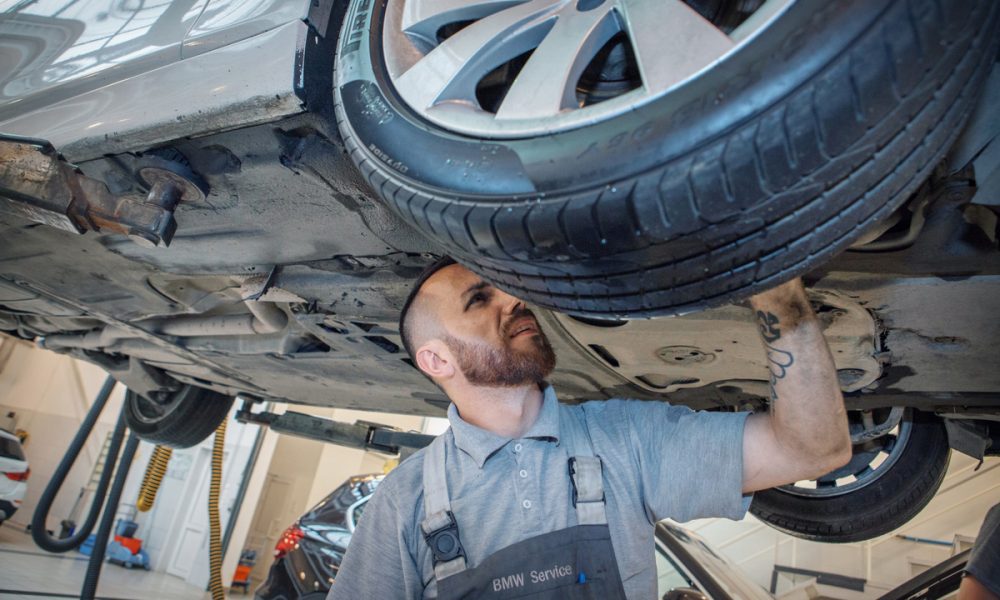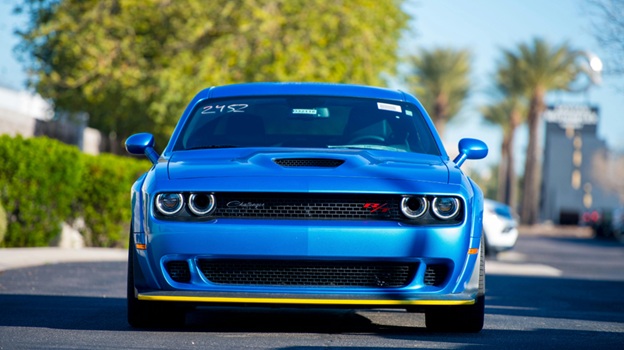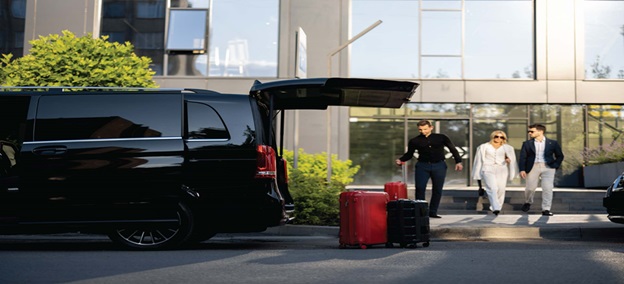After a car accident, one of the biggest concerns is how long it will take to get your vehicle back on the road. The collision repair timeline depends on the severity of damage, type of repairs needed, and availability of parts. Understanding the process can help you plan and reduce stress while your car is being restored.
Step 1: Initial Assessment
Once your vehicle arrives at the auto body shop, technicians perform a thorough inspection to assess all visible and hidden damage. This step typically takes a few hours and includes:
- Checking dents, scratches, and panel damage
- Inspecting the frame, suspension, and structural components
- Evaluating paint and finish damage
- Documenting damage for insurance purposes
Step 2: Written Estimate and Insurance Approval
The shop provides a detailed written estimate, including parts, labor, and paint costs. If an insurance claim is involved, approval can take a few hours to several days depending on the company and claim complexity.
Step 3: Parts Ordering
Some repairs require replacement parts, which may need to be ordered from manufacturers or suppliers. Delivery times can vary from a day to a few weeks, depending on part availability and shipping.
Step 4: Body and Structural Repairs
Once parts arrive, the shop begins repairs, which may include:
- Frame or structural alignment
- Dent and panel repair or replacement
- Bumper, trim, or fender replacement
The time required depends on the severity of damage. Minor repairs may take a few days, while major structural repairs can take one to two weeks or longer.
Step 5: Paint and Refinishing
Paint work is often the most time-consuming part of collision repair. It includes:
- Surface preparation and sanding
- Primer application
- Color-matched painting
- Clear coat application and curing
- Polishing for a smooth, factory-quality finish
This stage can take anywhere from one to several days, depending on the size of the affected area.
Step 6: Reassembly and Quality Check
After painting, all removed parts—doors, trim, bumpers, lights—are reinstalled. Technicians perform a final inspection to ensure:
- Panels align properly
- Paint matches seamlessly
- Vehicle systems operate correctly
- Safety standards are met
Step 7: Vehicle Pickup
Once the shop confirms all repairs meet quality standards, the vehicle is ready for pickup. Shops may also provide follow-up checks to ensure the repair holds up over time.
Factors That Affect Collision Repair Timeline
- Extent of damage: Major collisions take longer than minor fender benders
- Parts availability: Hard-to-find parts can delay repairs
- Paint curing time: Larger paint jobs require more drying and finishing time
- Insurance approval: Claims processing can add extra days
Final Thoughts
While the timeline for collision repair varies, knowing what to expect at each stage helps you plan and reduces stress. Choosing an experienced and well-equipped auto body shop ensures repairs are completed efficiently without compromising quality or safety.




